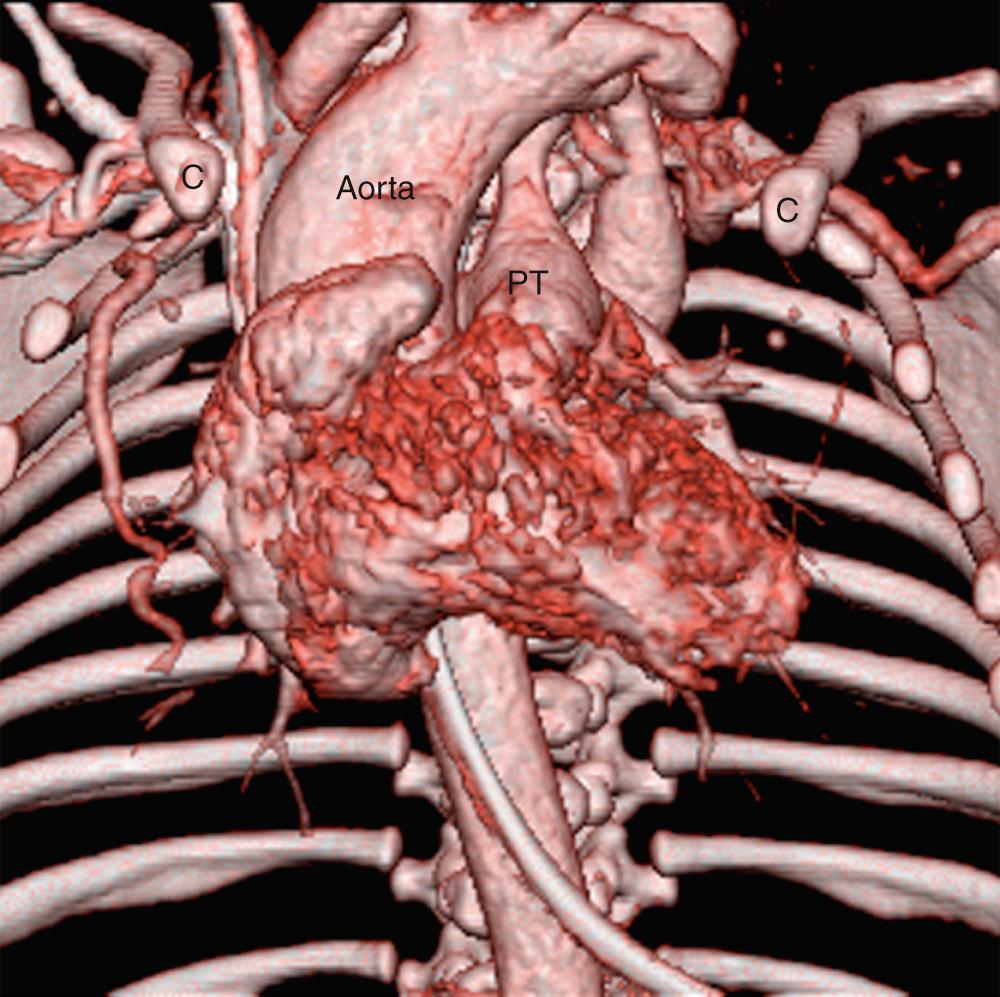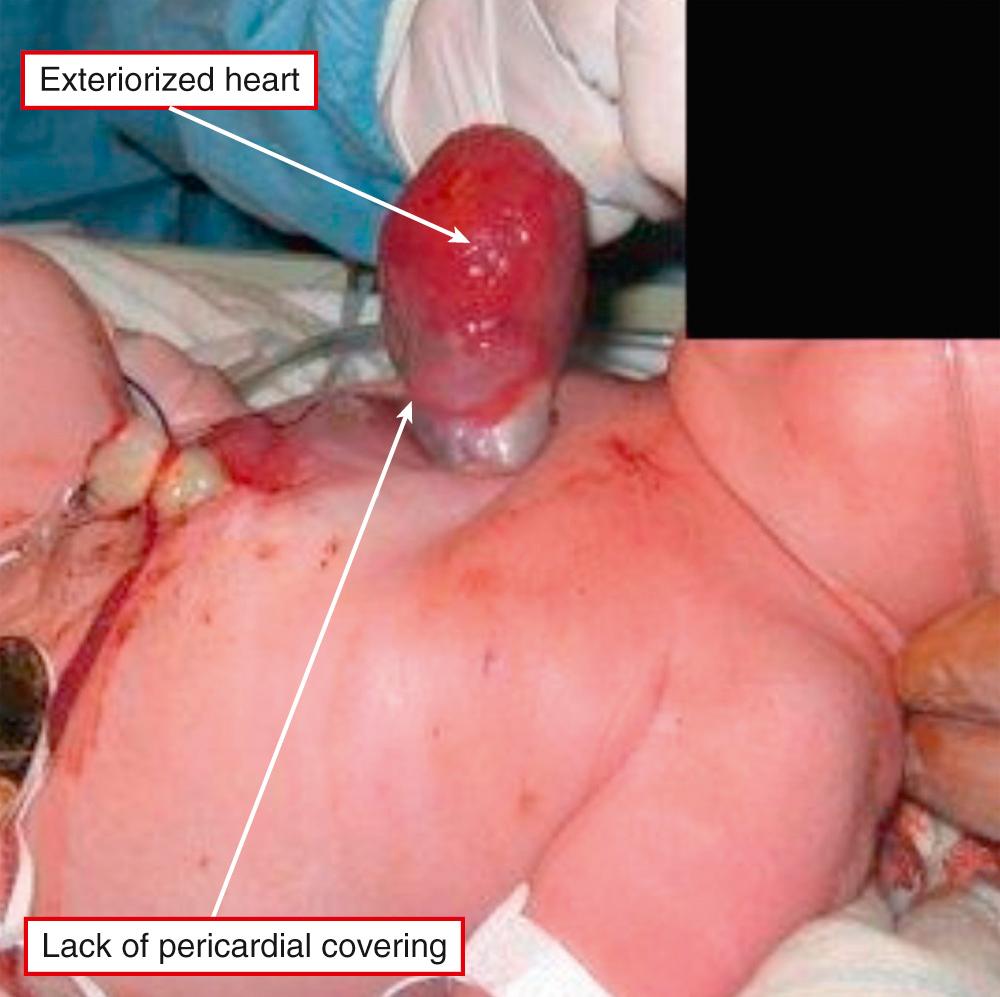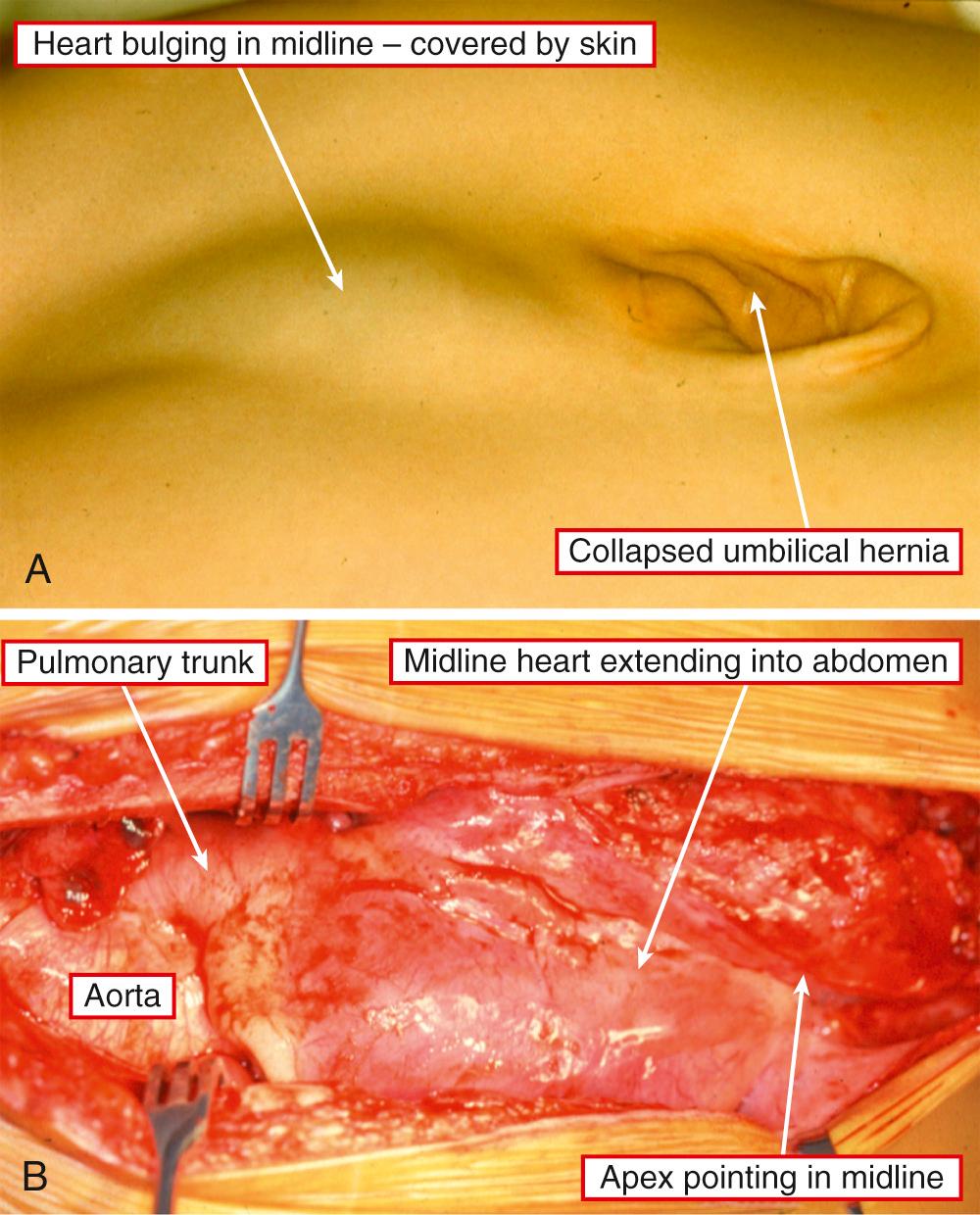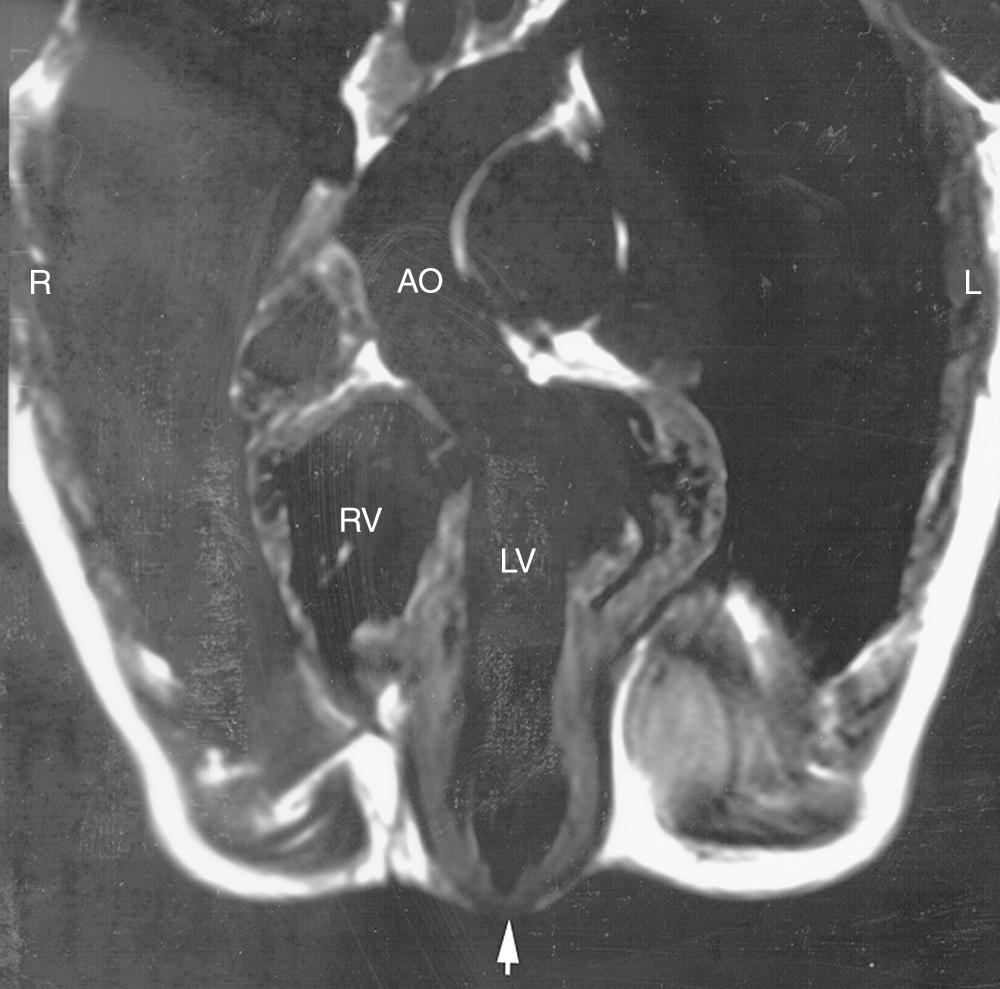Physical Address
304 North Cardinal St.
Dorchester Center, MA 02124
An abnormally positioned heart is not in itself a malformation of major significance. Such abnormal positioning, for example, can be secondary to a deformity or defect of the chest wall, such as pectus excavatum or carinatum. The exceptions are the extreme examples of exteriorization of the heart, usually described as ectopia cordis, or union of parts of the heart in the setting of conjoined twins. A heart unusually positioned within the chest, an abnormal orientation of the cardiac apex, or the finding of unexpected relationships of structures within the heart, nonetheless, can all lead to considerable diagnostic problems. In the past, such situations created significant confusion. Our philosophy and approach to these situations have been outlined in Chapter 1 . Those who have not studied this chapter in detail should, perhaps, return for refreshment concerning our ground rules. This chapter seeks to synthesize the value of our concepts in the setting of abnormally positioned hearts, along with the finding of unexpected intracardiac relationships. We start by discussing the situation encountered in the setting of absence or clefting of the sternum, which can be considered a variant of “ectopia.” We then address the much more significant problems produced by a truly extrathoracic position of the heart, or “classic” ectopia cordis in its various degrees. We follow this with a brief account of congenital absence of the pericardium. We then summarize the cardiac problems encountered in the setting of conjoined twins. The location of the heart in an unexpected part of the thoracic cavity, or the orientation of its apex in a disharmonious fashion, the next topics for consideration are best dealt with simply by description. Having suggested such simple descriptions, we then discuss the problems produced by, and the anomalies associated with, juxtaposition of the atrial appendages. We conclude with a consideration of the arrangements variously described as criss-cross or twisted hearts, superoinferior ventricles, or the topsy-turvy arrangement.
It is maintained that the allegedly initial description of tetralogy of Fallot provided by Steno was also the first report of an extrathoracic heart. Rashkind, however, argued that such malformations were almost certainly recognized long before 1671, providing evidence that they were recorded in the writings of the ancient Babylonians. Hearts positioned in part, or completely, out of the thorax fortunately remain very rare. Until recently, with relatively few exceptions, such occurrences proved uniformly fatal. Although the lesion is usually termed “ectopia,” there are deficiencies in such usage, since the Greek word “ektopos” simply means away from a place. It follows that a heart found in the right chest of an otherwise normal person would be ectopic. Ectopia, nonetheless, is more usually used to account for a heart located in part, or completely, outside the thoracic cavity. The heart, with or without its pericardial covering, is completely exteriorized through a deficiency of the skin in approximately three quarters of the reported cases. In the remaining cases, the heart is seen pulsating through the intact skin, with this variant also known as partial ectopia cordis.
The hearts have traditionally been grouped according to their location, with initial descriptions of cervical, thoracic, and abdominal subsets. It is convenient, nonetheless, to add a combined thoracoabdominal variant, along with a combined thoracocervical group. Cases encountered more recently continue to fall within these groupings.
When the heart is found in the neck, the sternum is usually intact. This arrangement reflects a retention of the normal initial site of cardiac development. Examples have been recorded when an infant survived for a few hours with a cervical heart, while one patient with this anomaly was reputed to have survived to adult life. This latter example, however, would probably be better placed in the combined thoracocervical group. Those dismissing the existence of the cervical subset have suggested the need to distinguish between a cleft to the sternum and an extrathoracic heart. Congenital absence or clefting of the sternum is always associated with abnormal positioning of the heart and arterial trunks to some extent, albeit with the overlying skin and pericardium remaining intact ( Fig. 49.1 ). Rarely, premature fusion of the manubriosternal joint and the sternal segments may produce a high carinate deformity of the chest, along with a short sternum. This is the so-called Currarino-Silverman syndrome, which is frequently associated with congenital heart disease. Irrespective of such niceties, hearts of the cervical type are by far the rarest. There is also a question mark over the group with the heart allegedly contained within the abdomen. A large series of such hearts was combined to produce this grouping, but reexamination of the original reports suggested that, in all but one, part of the heart was retained within the chest, thus making it better to group them within the combined abdominothoracic subset. Therefore the majority of all cases either protrude from the chest or extend through a diaphragmatic defect. All occupy a midline deficiency of the body wall, lying partly in the chest and partly either within the abdomen or the neck. In the cases exteriorized from the chest, the hearts are usually covered by neither skin nor pericardium ( Fig. 49.2 ). In the past, various means had been employed to provide the lack of moisture ensuing from the absence of a pericardial cavity. Thus, quaint accounts survive from the 18th century, describing exteriorized hearts being covered with a contraption made of pliable osiers and linen, and anointed with wine and melted butter. Hearts were also covered with a pasteboard cone, with oil used for the anointing agent, or else saline sponges. Irrespective of the method employed, most patients survived for only a matter of hours or days.


The cases making up the combined thoracoabdominal subset differ from those with exclusively thoracic exteriorization in that the heart is better covered by the body wall, having at least a covering of skin or membrane ( Fig. 49.3 ). These patients all fall within the syndrome unified by five anomalies, which is usually known as the pentalogy of Cantrell. The anomalies are a midline deficiency of the abdominal wall, a defect of the lower part of the sternum, a deficiency of the pericardial sac, a deficiency of the diaphragm, and an intracardiac congenital lesion. Not all patients with extrathoracic hearts extending into the abdomen have all of these features. Indeed, the cases can themselves be grouped according to the number of the five features that are present. Lesser forms of the pentalogy include the midline deficiencies shown in Fig. 49.3 , along with protrusions of ventricular diverticulums through midline deficiencies of the body wall ( Fig. 49.4 ). Complete exteriorization of the heart represents the extreme form of the syndrome. Treatment of the patients with the abdominothoracic type of exteriorization has previously proved more successful than for those having exclusively thoracic exteriorization, although the patient with the exteriorized thoracic heart shown in Fig. 49.2 was treated successfully. Nonetheless, until recently, very few patients survived reparative surgery, although several people with abdominal hearts who did not undergo surgery have been described as surviving into adult life. The surgical problems encountered in restoring the heart to the body are considerable, including the small size of the deficient thoracic cavity, the excessive length of the venous and arterial connections to the extrathoracic heart, and the frequent coexistence of a large omphalocele. Therefore the prognosis for those born with exteriorized hearts is now markedly improved, albeit conditioned by the severity of the associated intracardiac defects.


Become a Clinical Tree membership for Full access and enjoy Unlimited articles
If you are a member. Log in here